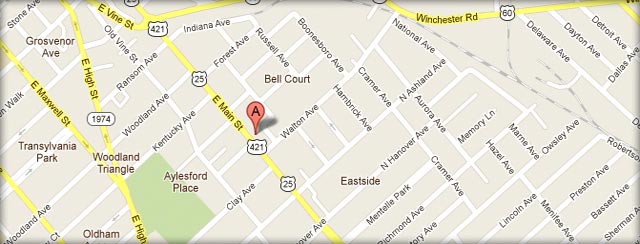- ATV accidents
- Brain Injuries
- Bus Accident
- Car Accidents
- Construction Accident
- Distracted Driving
- Drugged Driving Accident
- DUI
- Firm News
- Mass Tort
- Medical Malpractice
- Motorcycle Accidents
- Pedestrian Accidents
- Personal Injury
- Product Liability
- Safety
- Social Security Disability
- Truck Accidents
- Vehicle Accidents
- Workers Compensation
- Workplace Injuries

In the midst of the 100 Deadliest Days for car accidents between Memorial Day and Labor Day, parents and teens need to be aware of the dangers involving young drivers.
Summer is typically a time for teens to hang out at the pool and make some spending money. But because teens are out of school, they’re more likely to spend more time driving or riding with friends, increasing the potential for car accidents.
An analysis of federal fatal crash data by AAA researchers found that during the 100 Deadliest Days of 2013, 220 teen drivers and passengers were killed each month, which was 43 percent more than each month the rest of the year.
A new study shows teen drivers pose a risk to other motorists and passengers as well as themselves. The report by the AAA Foundation for Traffic Safety shows two-thirds of the people injured or killed in crashes involving teenage drivers are people other than the young motorist.
- Teen drivers were involved in crashes that injured 371,645 people and claimed 2,927 lives in 2013, the study shows.
- Kentucky has one of the nation’s highest teen crash rates, the Kentucky Transportation Cabinet points out. Teens make up only six percent of the state’s driving population but are involved in 18 percent of the state’s fatal wrecks and more than 20 percent of highway crashes.
- Drivers between the ages of 15 and 20 were involved in 80 fatal crashes in Kentucky in 2013, according to the National Highway Traffic Safety Administration (NHTSA).
- The AAA study found nearly half of those injured were in a separate vehicle, and 17 percent rode in the teen motorist’s vehicle, while two percent were people such as pedestrians and bicyclists.
- Almost 30 percent of the victims of fatal accidents involving teen drivers were riding in another vehicle, while 27 percent were passengers in the teen driver’s car, the study found.
Making Headway
Overall, the news about young drivers is improving. Traffic statistics show that the total number of crashes involving young drivers has decreased significantly in the last two decades.
Graduated driver licensing programs in Kentucky and other states and public awareness campaigns have been having a positive effect, bringing down the number of accidents, according to AAA.
Non-fatal injuries and crash deaths attributed to teen drivers have fallen by 51 percent and 56 percent, respectively, over the last two decades, the study shows.
Similarly, fatal crashes involving young drivers in Kentucky dropped from 181 in 2004 to an average of 85 over 2011-2013, NHTSA figures show.
Take a Stand
Despite lower crash figures involving teens, car wrecks remain the main cause of death for motorists ages 15 to 19, and AAA encourages parents to get involved in their teen’s driving experience.
- Understand facts and risks: Car crashes claim more teen lives than cancer, homicide and suicide put together. The risk of getting hurt in a wreck starts to increase at age 12 when children ride with older brothers and sisters or teen neighbors.
- Learn the licensing rules: Kentucky’s graduated licensing law provides for a six-month intermediate period between the learner’s permit and full, unrestricted license when teens are not allowed to drive from midnight to 6 a.m., except in emergencies, and are prohibited from having more than one person under 20 in the vehicle.
- Purchase insurance: Before your teen gets a learner’s permit, notify your insurance agent to add the young driver to your auto insurance policy.
- Emphasize driver education: Ensure that your child takes driver training classes either through the local high school or a reputable driving school. Driver instruction can help reduce insurance premiums and prepare a young driver to drive defensively.
- Pointers for parents: Check your teen’s skills to make sure they’re ready to drive. Ride with them and talk about obeying traffic laws and following signs, making complete stops and obeying speed laws. Focus on safety, including buckling up first, avoiding riding or driving with other teens without getting permission and generally being a safe motorist.
- Prohibit driver distractions: Emphasize that your teens are not to use cell phones while driving, either to talk or text. Tell them to turn off the phone and put it away. Make sure they understand that text messages can wait.
During the 100 Deadliest Days of summer, take it upon yourself to make sure safety is the main focus for your young driver. If you or a loved one has been injured in an accident caused by another driver, contact a car accident lawyer who understands the laws and can explain your legal options.

